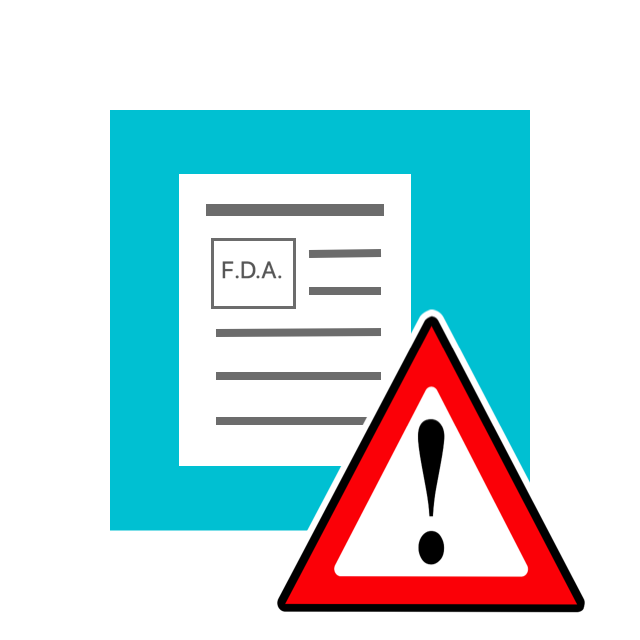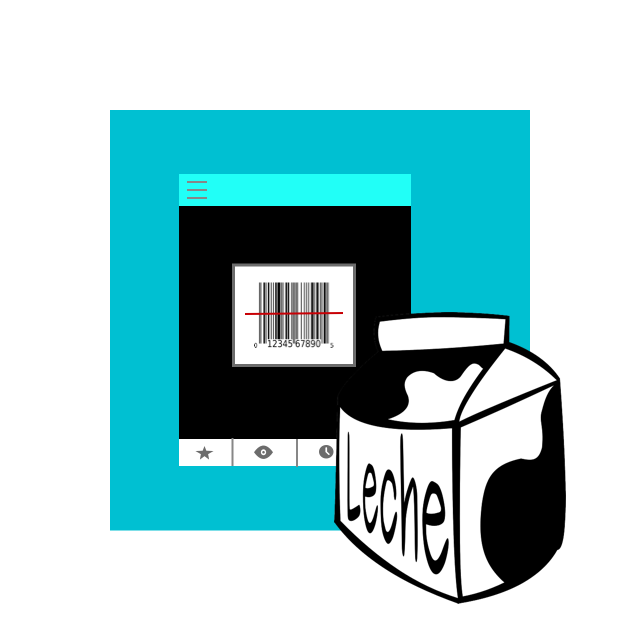
A phase 2 clinical trial using a new technology show it is possible to induce immune tolerance to gluten in individuals with celiac disease. After treatment with the technology, the patients were able to eat gluten with a substantial reduction in inflammation.
READ ARTICLE HIDE ARTICLE
Results of a new phase 2 clinical trial using technology developed at Northwestern Medicine show it is possible to induce immune tolerance to gluten in individuals with celiac disease. The findings may pave the way for treated celiac patients to eventually tolerate gluten in their diet.
After treatment with the technology, the patients were able to eat gluten with a substantial reduction in inflammation. The results also show a trend toward protecting patients' small intestine from gluten exposure.
The findings will be presented as a late-breaking presentation Oct. 22 at the European Gastroenterology Week conference in Barcelona, Spain.
The technology is a biodegradable nanoparticle containing gluten that teaches the immune system the antigen (allergen) is safe. The nanoparticle acts like a Trojan horse, hiding the allergen in a friendly shell, to convince the immune system not to attack it.
Beyond celiac disease, the finding sets the stage for the technology -- a nanoparticle containing the antigen triggering the allergy or autoimmune disease -- to treat a host of other diseases and allergies including multiple sclerosis, type 1 diabetes, peanut allergy, asthma and more.
The technology was developed in the lab of Stephen Miller, professor of microbiology and immunology at Northwestern University Feinberg School of Medicine, who has spent decades refining the technology.
"This is the first demonstration the technology works in patients," said Miller, the Judy Gugenheim Research Professor of Microbiology and Immunology. "We have also shown that we can encapsulate myelin into the nanoparticle to induce tolerance to that substance in multiple sclerosis models, or put a protein from pancreatic beta cells to induce tolerance to insulin in type 1 diabetes models."
When the allergen-loaded nanoparticle is injected into the bloodstream, the immune system isn't concerned with it, because it sees the particle as innocuous debris. Then the nanoparticle and its hidden cargo are consumed by a macrophage, essentially a vacuum-cleaner cell that clears cellular debris and pathogens from the body.
"The vacuum-cleaner cell presents the allergen or antigen to the immune system in a way that says, 'No worries, this belongs here,'" Miller said. "The immune system then shuts down its attack on the allergen, and the immune system is reset to normal."
In the celiac disease trial, the nanoparticle was loaded with gliadin, the major component of dietary gluten, found in cereal grains such as wheat. A week after treatment, the patients were fed gluten for 14 days. Without treatment, celiac patients eating gluten developed marked immune responses to gliadin and damage in their small intestine.
Celiac patients treated with the COUR nanoparticle, CNP-101, showed 90% less immune inflammation response than untreated patients. By stopping the inflammatory response, CNP-101 showed the capacity to protect the intestines from gluten related injury.
There currently is no treatment for celiac disease.
"Doctors can only prescribe gluten avoidance, which is not always effective and carries a heavy social and economic toll for celiac patients," Miller said.
About 1% of the population has celiac disease, a serious autoimmune disease in which the ingestion of gluten leads to damage in the small intestine. When people with celiac disease eat gluten (a protein found in wheat), their body mounts an immune response that attacks the small intestine.
Autoimmune diseases generally can only be treated with immune suppressants that provide some relief, but undermine the immune system and lead to toxic side-effects. CNP-101 does not suppress the immune system but reverses the course of disease.
"Celiac disease is unlike many other autoimmune disorders because the offending antigen (environmental trigger) is well known -- gluten in the diet," said Dr. Ciaran Kelly, professor of medicine at Harvard Medical School and director of the Celiac Center at Beth Israel Deaconess Medical Center. "This makes celiac disease a perfect condition to address using this exciting nanoparticle induced immune tolerance approach."
Kelly, who will be presenting the research abstract in Barcelona, has been working with Miller to apply the technology and define the therapeutic approach to treating celiac disease.
The nanotechnology was licensed to COUR Pharmaceuticals Co., a biotech based in Northbrook and co-founded by Miller. COUR developed CNP-101, which was granted Fast Track status from the U.S. Food and Drug Administration, and brought the therapy to patients in collaboration with Takeda Pharmaceuticals. Takeda will announce Tuesday they have acquired an exclusive global license to develop and commercialize this investigational medicine for celiac disease.
"Given the license by Takeda, COUR will focus on clinical programs in peanut allergy and multiple sclerosis in the near term, and broaden even further over time," said John J. Puisis, president and chief executive officer of COUR.
Miller, who is on the COUR scientific advisory board, is a stock grantee and a paid consultant for the company. Northwestern University has a financial interest in COUR.
Learn More from Northwestern University





